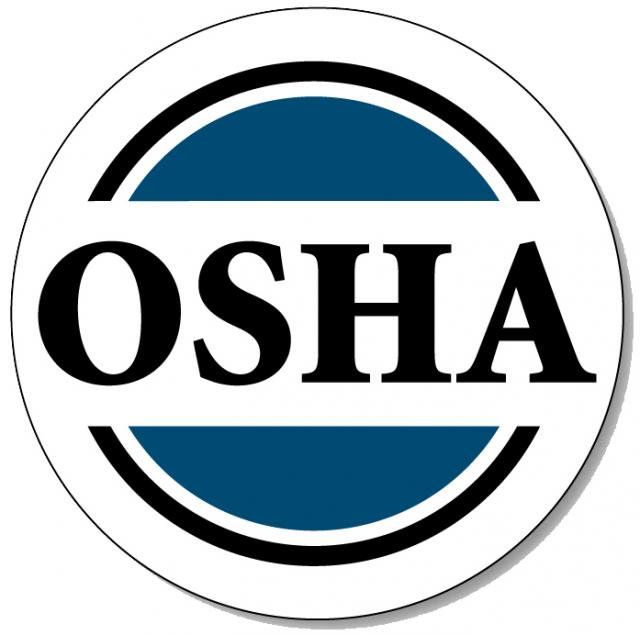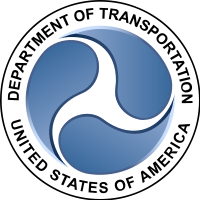There are no federal workplace safety rules that prohibit portable electric space heaters in the workplace and statistics regarding commercial property damage caused by space heaters are not readily available. However, the U.S. Consumer Product Safety Commission estimates that more than 25,000 residential fires every year are associated with the use of space heaters—resulting in more than 300 deaths. In addition, an estimated 6,000 people every year receive emergency room care for burn injuries associated with contacting the hot surfaces of room heaters, mostly in non-fire situations.
Environmental Health and Safety Blog | EHSWire
Topics: portable heater safety, heater safety in the workplace, portable electric space heater safety
Topics: U.S. Chemical Safety Board (CSB), Preventing Accidents in Academic Chemistry Labs
OSHA's New Safety Signage Ruling Aimed at Improving Workplace Safety
Posted by Shivi Kakar
In this November’s Federal Register, OSHA confirmed the September 11, 2013 effective date of its direct final rule revising the accident prevention signs and tags standards for general industry and construction. On June 13, 2013, OSHA published the final rule updating references in the signage standard to more recent national consensus standards approved by the American National Standards Institute (ANSI). Since the agency received no significant adverse public comments by its July 15 deadline, it was able to confirm the effective date of the final rule of September 11, 2013. For the purposes of judicial review, however, OSHA considers November 6, 2013, the date of issuance of the final rule.
Topics: OSHA, Improving Workplace Safety, accident prevention signs and tags standards, ANSI Z535 Committee for Safety Signs and Colors
In late October this year, OSHA released its new web resources to help employers better protect their workers from hazardous chemicals. Tens of thousands of workers are made sick or die from occupational exposures to thousands of hazardous chemicals that are used in workplaces. While many chemicals are suspected of being harmful, OSHA only regulates a small number and unfortunately, the agencies exposure standards for these hazards are out-of-date and inadequately protective.
Topics: Emilcott, OSHA, Transitioning to Safer Chemicals, Annotated Permissible Exposure Limits, OSHA PELs
The DOT has listed its requirements for Clean Natural Gas fuel containers as regulated by Standard 304. The standard is aimed at reducing death and injury from fires that may result from leakage during and after crashes and applies to CNG used as a fuel on any motor vehicle.
Topics: DOT, Clean Natural Gas fuel containers, Standard 304, CNG, publication TP-304-03
OSHA’s Proposed Changes to reporting Illness & Injury Data
Posted by Shivi Kakar
On November 7, OSHA issued a news release regarding a proposed rule to improve workplace safety and health through improved tracking of workplace injuries and illnesses. The rule was developed after a progression of informational meetings held in 2010 regarding the plausibility of electronic submission of establishment-specific injury and illness data. The proposed rule would amend current recordkeeping regulations adding requirements for the electronic submission of injury and illness information under existing standards, Part 1904.
Topics: establishment-specific injury and illness data, improve workplace safety and health, annual Occupational Injuries and Illnesses Report, Open Government Initiative, OSHA Recordkeeping regulation (29 CFR 1904)
OSHA Proposes to Lower PEL for Crystalline Silica to Lessen Work Related Lung Problems
Posted by Shivi Kakar
OSHA Proposes to Lower PEL for Crystalline Silica. The proposal was first put forth on August 23rd and is intended to decrease work related lung cancer, silicosis, chronic obstructive pulmonary disease, and kidney disease. OSHA wants to lower its Permissible Exposure Limits (PELs) from 100 micro grams of respirable silica per cubic meter of air to 50 micro grams.
Topics: OSHA, Lower PEL for Crystalline Silica, Permissible Exposure Limits (PELs), Exposure to silica dust
OSHA recently gave $10.1 million through the Susan Harwood Training Grant Program whose ultimate goal is to reduce work place injuries and fatalities. This money will be distributed to 70 nonprofit organizations, community programs, faith based programs, worker unions, employer associations, labor and management associations, colleges and universities from all across the country.
Topics: Susan Harwood Training Grant Program, Occupational Safety and Health (OSH) Act, prevention of safety and health hazards, educe work place injuries and fatalities
Construction Safety Consultants Troubled by Increase in Workplace Fatalities
Posted by Shivi Kakar
The U.S. Bureau of Labor Statistics recently revealed that for the first time since 2006, the number of construction fatalities increased by 5 percent from 2011 to 2012.
Topics: Increase in Workplace Fatalities, workplace safety standards, construction safety consultants, construction fatalities
NIOSH Inspection Report on Exposures in Medical Facilities
Posted by Shivi Kakar
In June, 2013, NIOSH issued a report from a 2012 investigation of health concerns by employees at a medical examiner's office. The report discussed NIOSH’s approach and findings as part of their Health Hazard Evaluation Program and commented on what might be the cause of typical employee health concerns in the healthcare and medical industry—focusing on both occupational hazards and indoor air quality issues from building conditions.
Topics: Health Hazard Evaluation Program, NIOSH Exposures in Medical Facilities, HHE reports, occupational exposure assessments, indoor air quality evaluations












